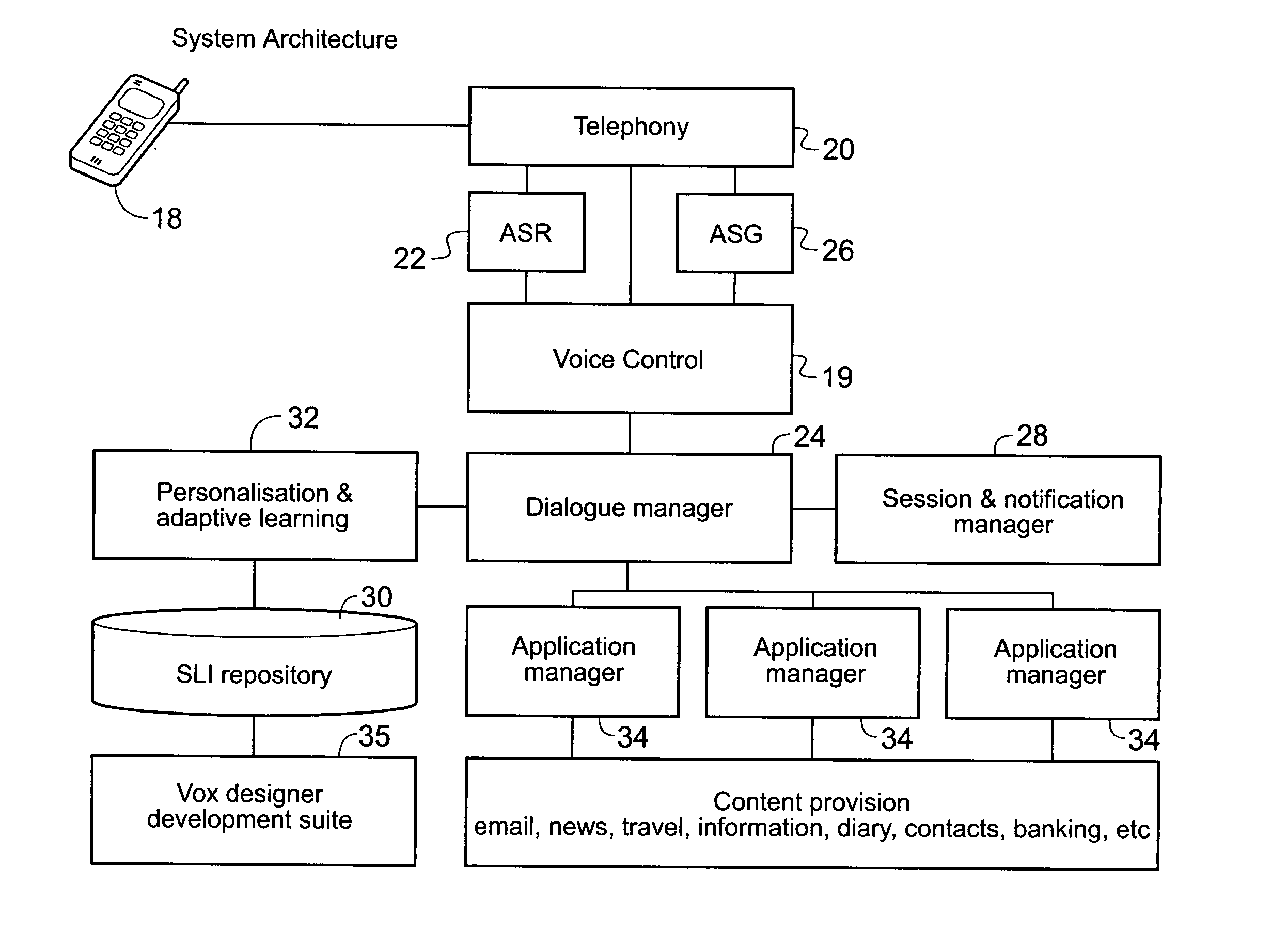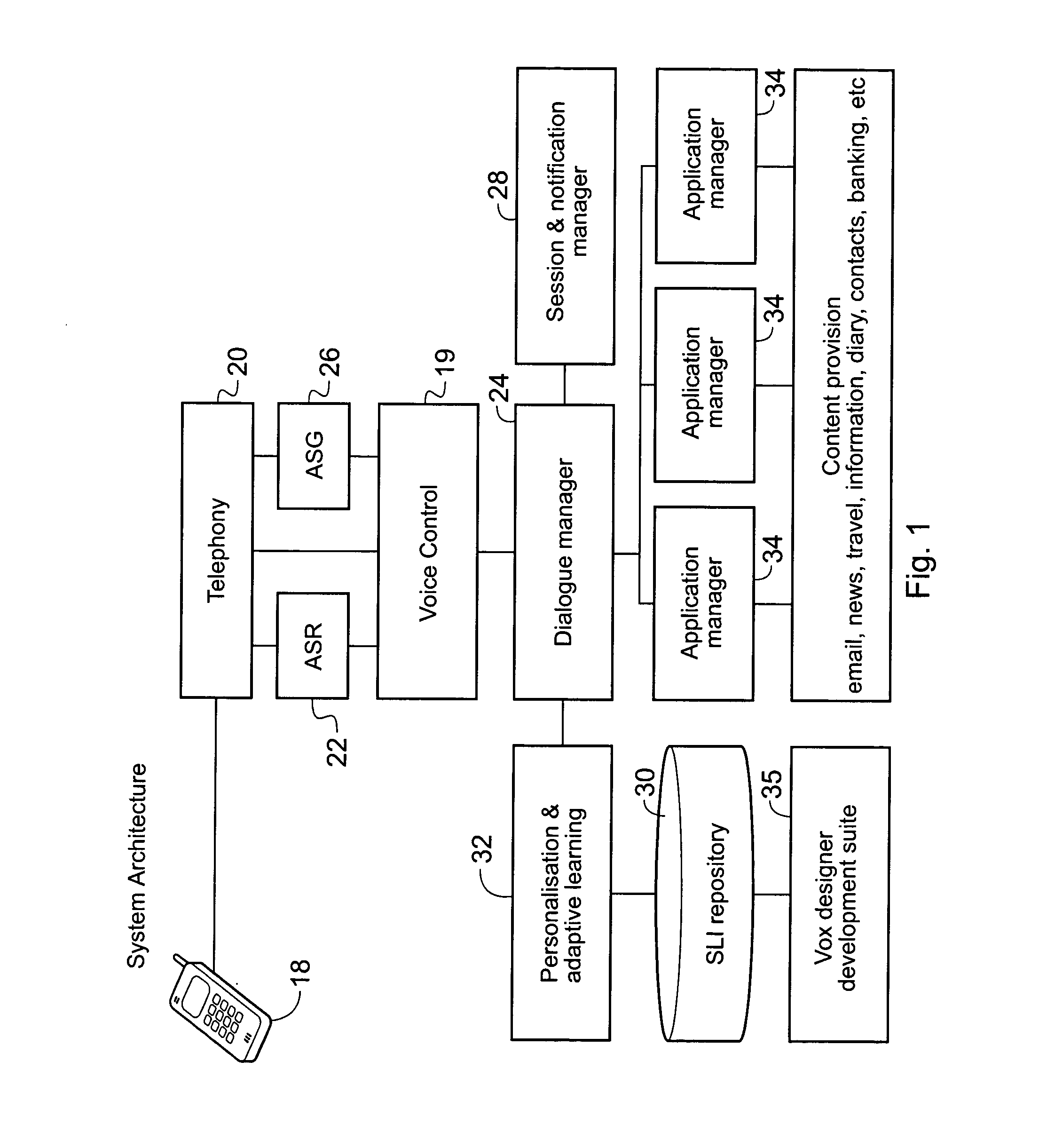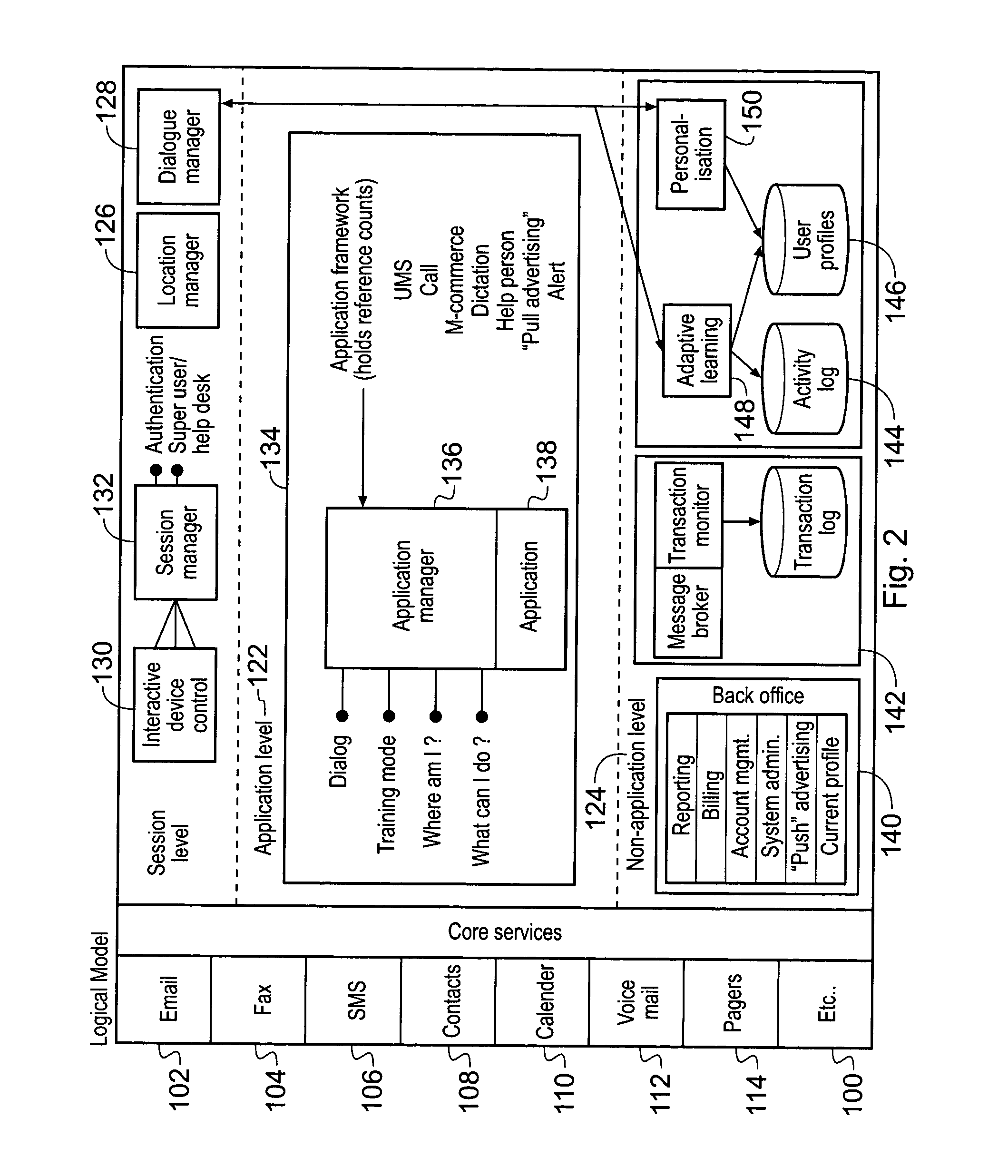All these early services were primitive; having a limited functionality and a small vocabulary.
Moreover, they were restricted by the quality of the Automated Speech Recognisers (ASRs) they used.
As a result, they were often highly error prone and imposed unreasonable constraints on what users could say.
The British Airways system was restricted to staff use only due to the inaccuracy of the automated
speech recognition.
The system suffers from the
disadvantage that while universal commands can be easily learnt, specific service commands are less intuitive and take longer to learn.
Moreover, the user also has to learn a large set of menu based commands that are not always intuitive.
The system also has a poor tolerance of out of context grammar; that is users using the “wrong” input text for a specific command or request.
Furthermore, the ASR requires a slow and clear speaking rate which is undesirable as it is unnatural.
The system also provides complicated navigation with the user being unable to return to the main menu and having to log off in some circumstances.
This approach has the
disadvantage of leading to longer error resolution times when an error occurs.
The system suffers from a number of further disadvantages: the TTS (Text To Speech) is difficult to understand and remember.
TTS lists tend to be long, compounding their difficulty.
The system does not tolerate fast speech rates and has poor acceptance of out of grammar problems; short preambles are tolerated but nothing else, with the user being restricted single word utterances.
This gives the system an unnatural feel which is contrary to the principles of
spoken language interfaces.
The system handles error resolution poorly.
As such, errors are not resolved.
Confirmation of input occurs frequently, but error resolution is cumbersome with the user being required to listen to a long
error message before re-entering information.
If the error persists this can be frustrating although numerical data can be entered using DTMF input.
The system is very restricted and input of multi digit strings has to be handled slowly and carefully.
There is no facility for handling out of grammar tokens.
Available information is limited as the system has only been released as a demonstration.
The system suffers from the
disadvantage that the TTS is stilted and unnatural.
The navigation does not permit
jumping between services.
Overall the system suffers form the disadvantage of having no
system level adaptive learning, which makes the dialogue flow feel slow and sluggish once the user is familiar with the system.
The system suffers from the disadvantage of a poor TTS which can sound as if several different voices are contributing to each
phrase.
However, there is little to learn because the menus are generally explicit.
The system allows the use of short preambles (e.g. mmm, urh, etc), but it will not tolerate long preambles.
In addition, it is extremely intolerant of anything out of grammar.
For example, using “Go traffic” instead of “Go to traffic” results is an error prompt.
Another disadvantage of known systems relates to the complexity of configuring, maintaining and modifying voice-responsive systems, such as SLIs.
This is
time consuming, complex and expensive, and limits the speed with which new applications can be integrated into a new or pre-existing voice-responsive system.
A further problem with known systems is how to define acceptable input phrases which a voice-responsive system can recognise and respond to.
Additionally, setting up, maintaining and modifying voice-responsive systems is difficult and generally requires specialised linguistic and / or
programming skills.
 Login to View More
Login to View More  Login to View More
Login to View More 


